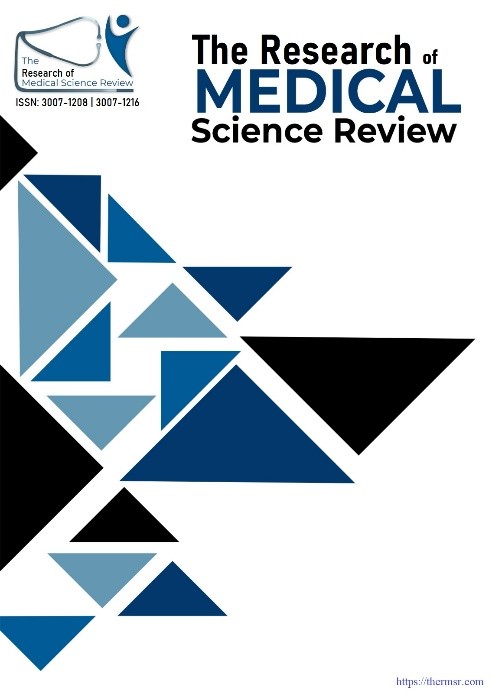MRI- BASED RADIOLOGICAL ASSESSMENT OF LUMBAR SPONDYLOSIS IN PATIENTS WITH LOWER BACK PAIN
Main Article Content
Abstract
Background: Lumbar spondylosis is a prevalent degenerative condition contributing significantly to chronic lower back pain. MRI serves as a valuable non-invasive modality for evaluating spinal degenerative changes.
Objectives: To assess the frequency and pattern of MRI findings in patients with lumbar spondylosis and determine their association with age, gender, BMI, and symptom duration.
Study Settings: This cross-sectional study was conducted at Al-Noor Diagnostic Centre, Lahore.
Duration of Study: Months months (January 2025 to May 2025).
Data Collection: A total of 350 patients aged 18–80 years with lower back pain underwent lumbar spine MRI. Key MRI features evaluated included disc degeneration, disc bulge, endplate changes, osteophyte formation, facet joint arthrosis, ligamentum flavum hypertrophy, disc dehydration, and spondylolisthesis. Demographic data such as age, gender, BMI, and pain duration were recorded.
Results: The most common MRI findings were disc bulge (96.0%), disc dehydration (94.6%), and disc degeneration (91.1%). Endplate changes were observed in 25.1%, anterior osteophytes in 20.6%, facet joint arthrosis in 16.6%, ligamentum flavum hypertrophy in 10.3%, and spondylolisthesis in 8.9%. Significant associations (p < 0.05) were found between MRI findings and increasing age, higher BMI, and longer symptom duration. Males showed lower frequencies of degenerative features compared to females.
Conclusion: Disc bulge, dehydration, and degeneration are highly prevalent in lumbar spondylosis. Increasing age, BMI, and prolonged back pain duration are significantly associated with advanced MRI-detectable degenerative changes. Early imaging and stratified screening may guide timely management and reduce chronic disability.
Downloads
Article Details
Section

This work is licensed under a Creative Commons Attribution-NonCommercial-NoDerivatives 4.0 International License.
